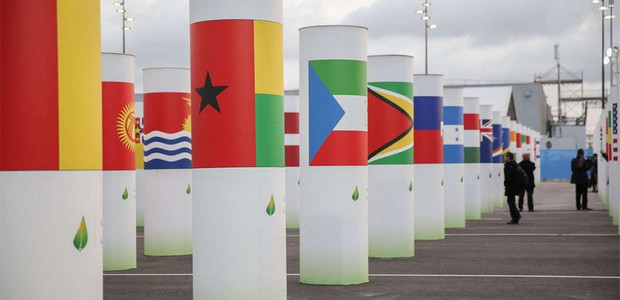Paris Agreement Reaches 132 Parties

Since the Marrakech Climate Change Conference, 17 countries have ratified the Paris Agreement. The total number of ratifications stands at 132 countries.
Many of these ratifications came shortly after the meeting in Marrakech, Morocco, and the historic first session of the Conference of the Parties serving as the Meeting of the Parties to the Paris Agreement (CMA). The countries to join the Paris Agreement since the end of November 2016 are: Afghanistan (15 February 2017), Azerbaijan (9 January 2017), Bahrain (23 December 2016), Bulgaria (29 November 2016), Cambodia (6 February 2017), Chad (12 January 2017), Chile (10 February 2017), Cuba (28 December 2016), Cyprus (4 January 2017), Guatemala (25 January 2017), Kazakhstan (5 December 2016), Kenya (28 December 2016), Lesotho (20 January 2017), Lithuania (2 February 2017), Slovenia (16 December 2016), Spain (12 January 2017), and Tunisia (10 February 2017).
On 5 October 2016, the Paris Agreement passed the threshold when at least 55 Parties to the Convention accounting for at least an estimated 55% of the total global greenhouse gas (GHG) emissions deposited their instruments of ratification, acceptance, approval or accession with the UN depositary. With 132 Parties, the Paris Agreement now has only 65 fewer Parties than the UN Framework Convention on Climate Change, which, with 197 Parties, is nearly universal.
The Paris Agreement directly contributes to Sustainable Development Goal 13 (climate action). Under the Agreement, Parties put forward nationally determined contributions (NDCs), which outline their plans, and perhaps targets, for reducing emissions and addressing impacts. With a greater number of Parties, these NDCs send stronger signals to the markets, including regarding opportunities for renewable energy and adaptation technologies. Each NDC is to be more ambitious than the previous, providing the mechanism to ratchet up ambition over time.
